What the heck is advisory?
November 7, 2014
Every Thursday at 10 a.m., when advisory is about to begin, you can hear the distinctive grumble of a significant portion of PCS students. You may also hear murmurs of excitement from others, who are pleased to have a 45 minute “break” before third period. Four years after it was implemented, opinions on advisory are still divided: some like it, others really don’t.
Senior Sedona Bragdon, for instance, thinks that advisory “should be replaced with tutorial because it would be a more effective use of our time.”
Although PCS, responding to student and faculty feedback, has made an effort to minimize advisory and increase tutorial this year, many students remain unhappy that advisory even exists. While tutorial is well-liked by a majority of PCS students, many students do not think that advisory serves a purpose.
“It’s not a very productive time of the day,” said senior Luc Bouchard.
Principal Simon Fletcher said that the purpose of advisory is to “help students understand the PCS culture and expectations. As students get older, the focus moves to how to be a functional adult in a complex world.” According to Mr. Fletcher, the student-teacher relationships fostered by advisory are extremely valuable.
“There are many purposes of advisory, the most important one being the opportunity for a smaller group of students to know one another better, and for that group to know and be known by an adult in a dynamic that is different than in a classroom,” said Mr. Fletcher. Advisory class sizes–which average about twelve students–are significantly smaller than those of most academic courses offered at PCS.
What makes advisory special, Mr. Fletcher added, is the fact that it designates time for students to discuss and ask questions that are dependent on what grade they are in.
“It is a good venue for things such as advising on course selection, grade-level specific topics such as college counseling, etc., and routine school business,” said Mr. Fletcher.
Twelfth grade advisory, for example, is based around college application guidance and assistance. Seventh grade advisories focus on adjusting students to PCS life. However, for many students, it is not clear what the advisories for eighth through eleventh grades are themed around.
“Advisory seems very inconsistent,” said junior Rhiannon Mulligan. “What advisories discuss varies widely within a single grade and classes often devolve into tutorials. In my opinion, it would be prudent to take a simple survey of students on whether advisory should continue.”
Senior Tyler Hayford, however, stated that advisory was an important in the final years of high school. “I think advisory is useful for juniors who need to plan for senior year and prepare for standardized testing, and seniors who need to prepare for apps and work on essay but for everybody else it should probably just be tutorial,” said Hayford.
Some students and faculty, however, believe that advisory is only beneficial to those in lower grades.
“Advisory is beneficial for you if you’re a middle schooler, said senior Jamila Lankford, “but once you get to high school, I feel like you don’t need your hand held anymore.”
“[The] curriculum for younger grades is more defined,” Mr. Fletcher said. “There are some things which all advisories do, such as academic check-ins and course scheduling. Grade level advisors meet monthly to talk about curriculum, and advisories are roughly aligned within grade level,” Mr. Fletcher said.
“Many students see it as wasted time in which they could be getting work done, rather than seeing it as a time where they can form human connections and slow the pace down to discuss and appreciate life. I think we could have done a better job at explaining the purpose, and I think it is sad that students have not appreciated it as much as we would have hoped they would,” said Mr. Fletcher.


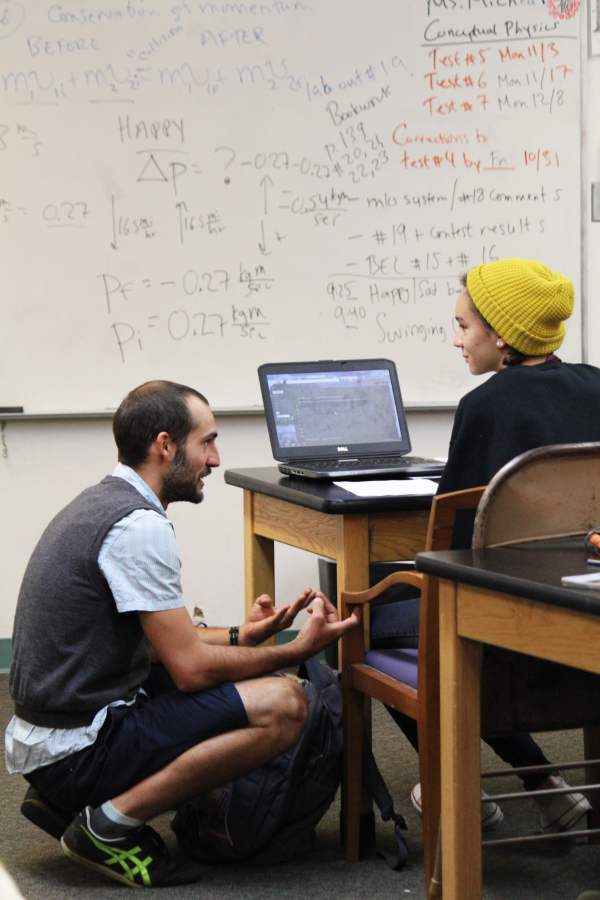


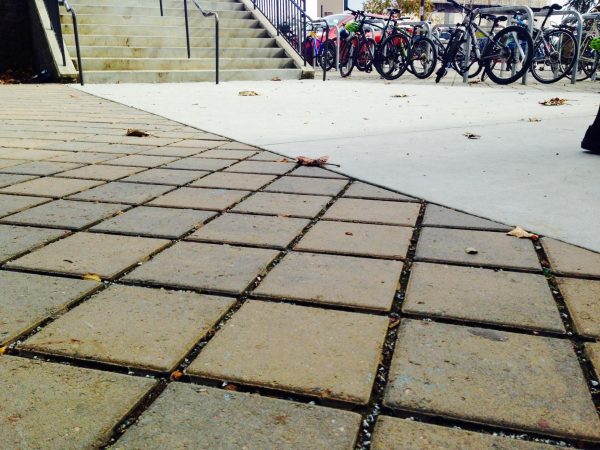
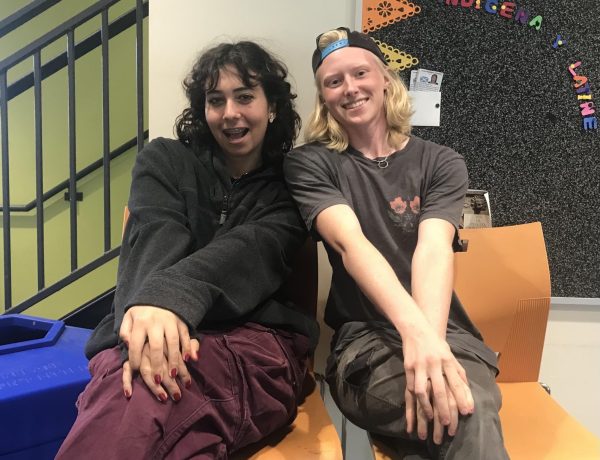
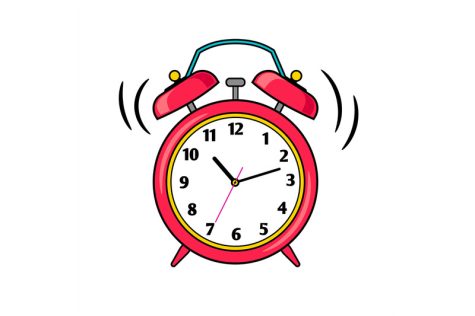
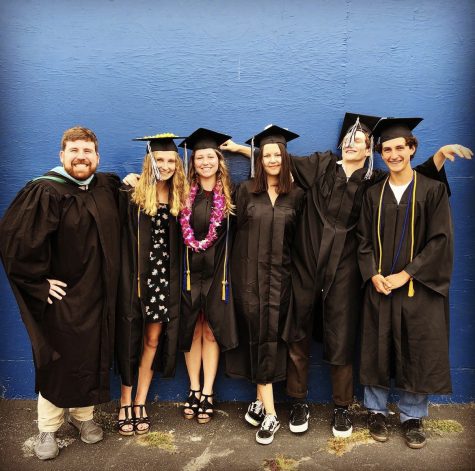

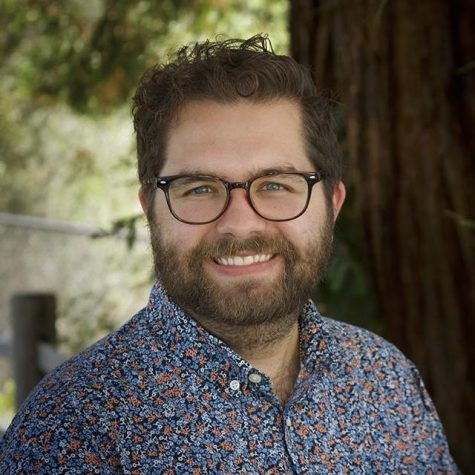


Camillla • Dec 15, 2022 at 1:27 pm
Love the work!!!!!!!!!!!!!!!!! Keep it UP!!!!!!